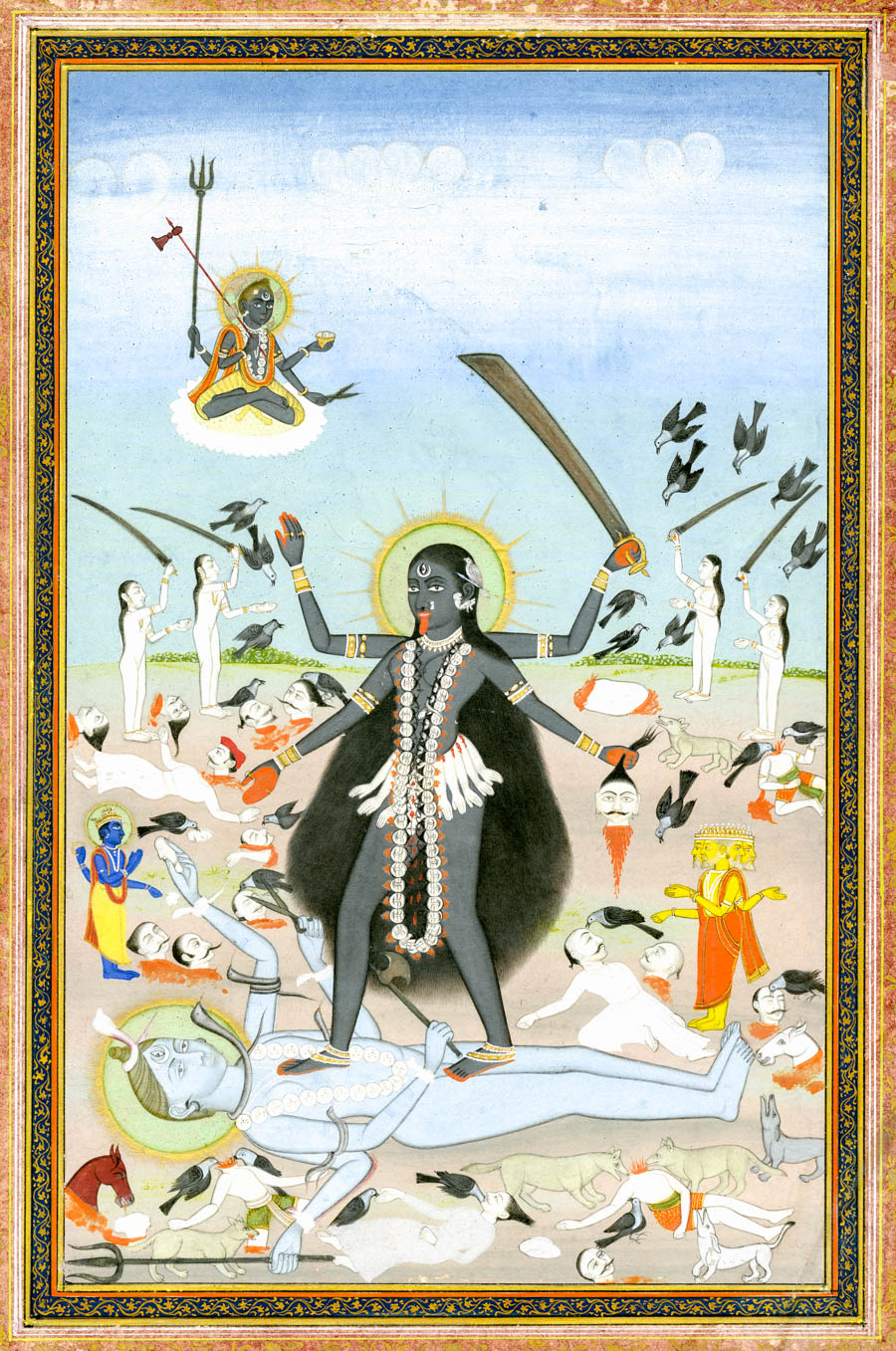The exhibit, named after the diversional themes common in Indian art, will feature 26 objects: 18 paintings from private collections and The Ringling’s collection, from artists affiliated with royal courts across northern, central, and western India between the 16th and 19 centuries; in addition to five or six Hindu and Jain sculptures from The Ringling’s special collection ranging from the 4th, 5th, and 14th centuries. “I wanted to follow up The Fabric of India, our first exhibition devoted to Indian art, with another exhibition highlighting the different aspects of Indian art as well,” says curator Rhiannon Paget, who also serves as The Ringling’s Curator of Asian Art. “These paintings from two private collections gave us the opportunity to bring out some of The Ringling’s Indian sculptures not on permanent display, which were collected by John and Mabel Ringling in the 1920s.” Although the small-format paintings are often described as “miniatures”, Paget is loath to employ that terminology, as it approaches a style of painting from a preconceived Western notion of how large a painting should be. “I avoid calling these paintings ‘miniatures’ just because they are miniature compared to other types of Western paintings that newcomers to Indian art might be more familiar with. When compared to other Indian art of their time, they are not miniscule in size,” says Rhiannon. “The paintings were designed for intimate viewing and often painted as sets to be accompanied by manuscripts.” Many of the scenes depicted in the paintings are diversional, drawn from Hindu scriptures and literature, illustrating the adventures of the Hindu gods and goddesses. The paintings themselves are highly detailed and vividly colored, creating a fascinating intersection between meticulous realism and otherworldly subjecture.









